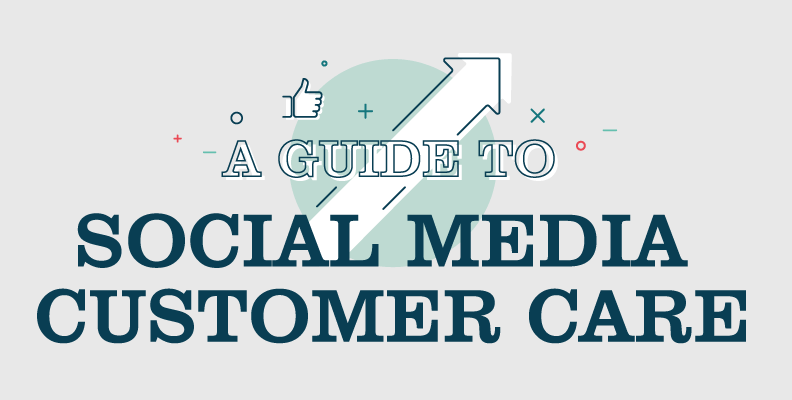How to Change Your Management Style to Match Your Employees
Personality tests are everywhere. They run the gamut from the funny — “What Kind of Pizza Are You?” — to the serious — the Meyers-Briggs Type Indicator. Many businesses today are finding that administering the more serious of these tests can help to build solid teams of complementary personalities:
Personality type testing is “used on 60% – 70% of prospective workers in the US today, compared to 30% – 40% back in 2009.”3
It’s up to you determine your employees’ personality types and tweak your management style for each one. It’s a little more work on your part but being the best manager you can be for each employee’s unique style is worth the appreciation and productivity you’ll earn in return. We’ve put together a list of the most common workplace personalities you’ll encounter and how best to communicate with them to get you started.
Five Most Common Workplace Personalities
There are a number of different personality tests on which to base common core personalities, but for this article we’re using The Big Five.
1.The Organizer
Who they are: These are the people who keep meticulous track of meetings and deadlines. Having an organized and well-detailed schedule is a must-have for them to feel confident and sure of their work. Out of the Big Five traits, Organizers identify most strongly with the “Conscientiousness” trait.
Communication tips: When meeting, keep the tone more professional than casual. Organizers appreciate feedback that is detailed and specific.
2. The “Out of the Box-er”
Who they are: “Out of the Box-ers” are your go to employees for thinking up new strategies and creative solutions. They work best in a free-flowing environment and are often able to adapt quickly to changes. Out of the Big Five traits, “Out of the Box-ers” identify most strongly with the “Openness” trait.
Communication tips: Casual check-ins and conversations are best for these kinds of employees. Be sure to provide them with enough structure to keep them on track, but not so much that they feel their creative freedom is being quashed.
3. The Booster
Who they are: You can always count on these employees to bring energy and enthusiasm to your business’s environment. Boosters work best on team — and not individual — projects and are great for fostering high workplace morale. Out of the Big Five traits, Boosters identify most strongly with the “Extrovert” trait.
Communication tips: Make sure to set aside discussion time for Boosters — they tend to talk through their issues. Be a strong sounding board during these discussions and you’ll help your Booster find their way to a solution.
4. The Harmonizer
Who they are: While similar to a Booster’s interest in socializing, Harmonizers have an altruistic streak. They are most often the ones to make sure their fellow coworkers are happy, and if not, to try and balance out the situation. Out of the Big Five traits, Harmonizers identify most strongly with the “Agreeableness” trait.
Communication tips: It’s important to show a certain level of understanding and feeling with Harmonizers, as they tend to be emotionally-driven. Offering empathetic feedback will help them feel accepted and valued.
5. The Perfectionist
Who they are: You can count on perfectionists to be extremely detail-oriented and constantly on the lookout for potential trouble spots. Though they often deal with high stress levels, those are backed by a strong sense of resilience. Out of the Big Five traits, Perfectionists identify most strongly with the “Neuroticism” trait.
Communication tips: Stress and anxiety can plague perfectionists, so frequent check-ins to let them know how they’re doing can go a long way in helping to reduce their anxiety levels.
These are some of the most common workplace personalities, but that doesn’t mean that every person falls strictly under one category. They are most likely unique blends of each personality. Finding which traits your employees embody the most will help you to better manage your employees, making a happier workplace for both you and them.
References:
1Cherry, K. (April 11, 2018). The Big Five Personality Traits. Retrieved July 6, 2018, from https://www.verywellmind.com/the-big-five-personality-dimensions-2795422
2Dixon, L. (March 22, 2017). 6 Workplace Personalities and How to Manage Them. Retrieved July 6, 2018, from http://www.talenteconomy.io/2017/03/22/6-workplace-personalities-manage/
3Gilmour, N. (n.d.). Better Leaderhsip: Managing and Leading Different Personalities in the Workplace. Retrieved July 6, 2018, from http://theglasshammer.com/2015/07/16/better-leadership-managing-and-leading-different-personalities-in-the-workplace/
4Ownes, M. (June 27, 2015). 6 personalities in every office — and how to manage them. Retrieved July 6, 2018, from https://thenextweb.com/insider/2015/06/27/6-personalities-in-every-office-and-how-to-manage-them/






